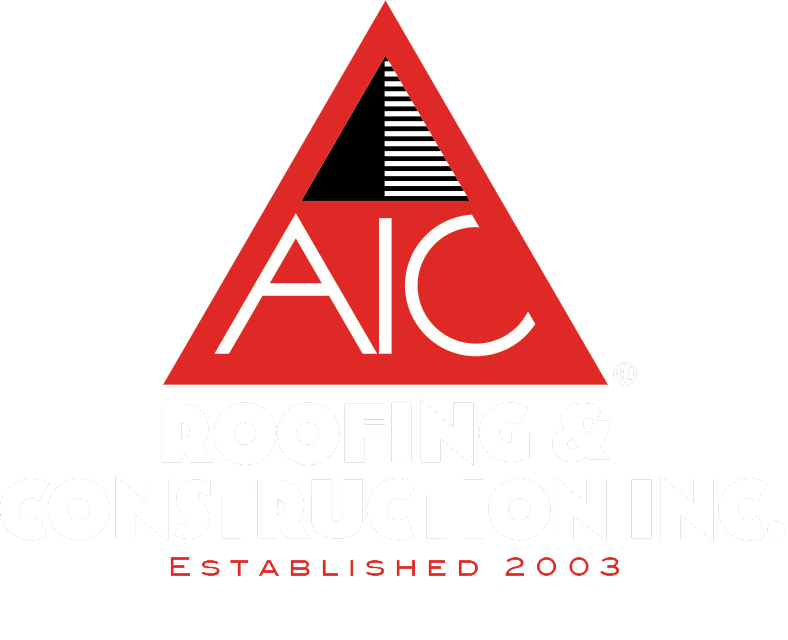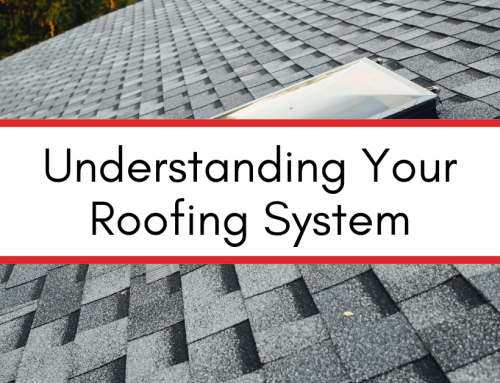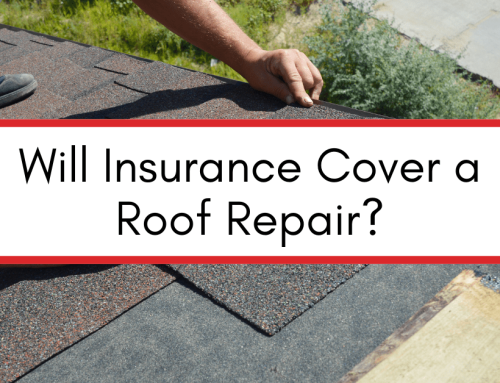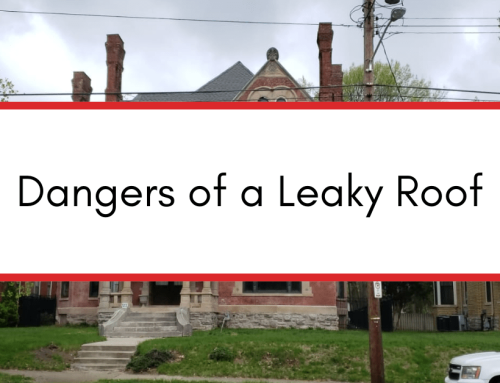Are you a homeowner looking to make an informed decision regarding roofing materials? If so, you’ve likely heard of asphalt shingles. But you may not know the various types of shingles that could be used for your home – and one type is Class D asphalt shingles. This blog post describes what Class D asphalt shingles are and how wind resistance ratings might impact your choice of asphalt shingles.
Why are we qualified to discuss the topic?
AIC Roofing & Construction, Inc. earned the Consumer Protection Excellence Award. We have installed at least 100 system roofs with enhanced warranties for our clients. This commitment to consumer protection demonstrates that we install quality roofs and stand behind our work. Only the top 2% of all roofing contractors qualify to become a Master Elite Contractor.
What are the different wind resistance levels for asphalt shingles?
The wind resistance of asphalt shingles is typically classified using a set of standards established by organizations such as the American Society for Testing and Materials (ASTM) or the International Code Council (ICC). Shingles’ wind resistance is often measured in terms of the design wind speed they can withstand.
Common classifications under ASTM D7158 testing include:
- Class D (90 mph): Shingles classified as Class D are designed to withstand uplift at wind speeds of up to 90 miles per hour.
- Class G (120 mph): Shingles classified as Class G are designed to withstand uplift at wind speeds of up to 120 miles per hour.
- Class H (150 mph): Shingles classified as Class H are designed to withstand uplift at wind speeds of up to 150 miles per hour.
Common classifications under ASTM D3161 testing include:
- Class D (90 mph): Shingles classified as Class D are designed to withstand wind speeds up to 90 miles per hour.
- Class F (110 mph): Shingles classified as Class G are designed to withstand wind speeds up to 110 miles per hour.
- Class A (60 mph): Shingles classified as Class H are designed to withstand wind speeds up to 60 miles per hour.
It’s important to note that these classifications may vary, and manufacturers often provide specific wind resistance ratings for their products. Additionally, local building codes may specify the minimum wind resistance requirements for roofing materials based on the geographical location and prevalent weather conditions.
Why do wind resistance ratings for asphalt shingles matter?
Wind resistance is a critical factor for asphalt roof shingles because it helps ensure the durability and longevity of the roofing system. Here are several reasons why wind resistance is important for asphalt roof shingles:
- Protection Against Wind Uplift: High winds, especially during storms or hurricanes, can create significant uplift forces on the roof. Wind-resistant shingles are designed to withstand these forces and remain securely attached to the roof deck, preventing them from being lifted and potentially causing damage or leaks.
- Prevention of Wind-Driven Rain Intrusion: Wind-driven rain is common during storms with high winds. Wind-resistant shingles are designed to prevent water ingress even when exposed to strong, horizontal winds. This helps protect the underlying roof structure and the interior of the building from water damage.
- Longevity of the Roof System: Shingles resistant to wind damage are more likely to remain in place over the long term. This contributes to the overall stability and integrity of the roof system, reducing the need for repairs or replacement due to wind-related issues.
- Compliance with Building Codes: Many building codes specify minimum wind resistance requirements for roofing materials based on the geographic location and prevalent wind conditions. Using shingles with the appropriate wind resistance rating ensures compliance with these codes, promoting the safety and resilience of the structure.
- Insurance Considerations: Insurance companies often consider the wind resistance of roofing materials when determining coverage and premiums. Using wind-resistant shingles may lead to cost savings on insurance premiums and provide better protection against potential wind-related damage.
- Enhanced Structural Integrity: Wind-resistant shingles contribute to the overall structural integrity of the roofing system. By preventing shingle loss or damage, they help maintain the effectiveness of the entire roofing assembly.
When selecting asphalt roof shingles, it’s crucial to consider the wind resistance rating based on the local climate and building code requirements. Choosing shingles with an appropriate wind resistance classification ensures that the roofing system can withstand the challenges posed by high winds and adverse weather conditions, contributing to the overall resilience of the structure.
Are Class D shingles rated for fire?
No, the classification for fire resistance in roofing materials doesn’t include a Class D designation. The classifications are Class A, Class B, and Class C, with Class A being the highest level of fire resistance.
However, it’s important to note that standards and classifications can vary, and different regions or specific manufacturers might use slightly different systems. To obtain accurate and up-to-date information about the fire resistance of specific shingles, you should consult the product documentation provided by the manufacturer or contact them directly. Additionally, check with local building codes, as they may specify the required fire resistance for roofing materials in your area.
Always follow local regulations and recommendations to ensure that the roofing materials you choose meet the necessary safety standards for your location.
Which GAF shingles are class d?
GAF shingles surpass the Class D designation and are rated for Class F & H.
In closing
Whether you’re looking for a high-quality roof installation, repair, or new gutters and siding, AIC is here to help. We believe in and practice the best customer service possible, including showing up on time, following through on what we say we’ll do, and treating people with common decency and respect.
Our in-home consultations are free, informative, and low-pressure. Please get in touch with us by texting, calling, or filling out our contact form.
3-tab attics barns chimney choosing a contractor commercial cost curb appeal DIY estimate financing flashing flat roof GAF glossary gutter replacement gutters gutter size gutter system ice dams inspections insurance missing shingles roof design roofing materials roofing system roof leak roof maintenance roof materials roof repair roof replacement roof shapes roof types shingle ratings shingles siding siding materials siding replacement skylights storm damage underlayment ventilation warranty winter
